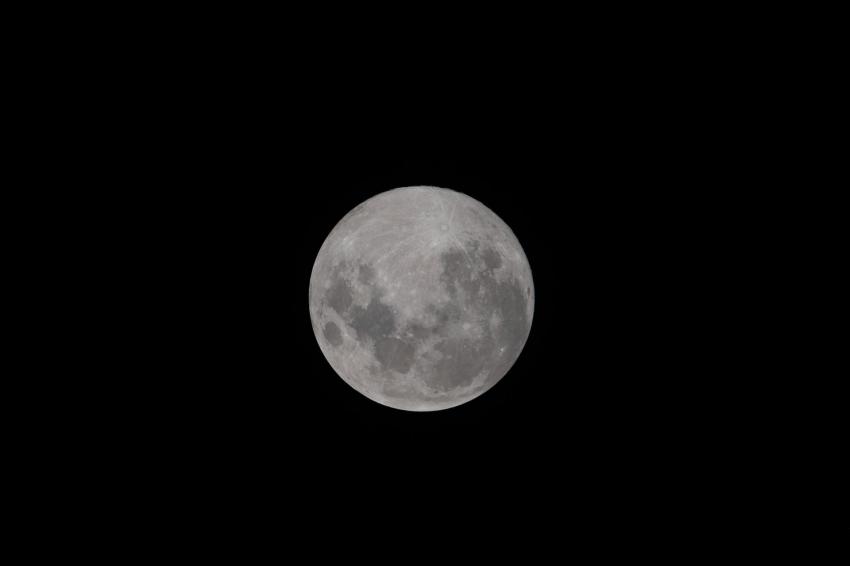A small asteroid will orbit the Moon from Sunday, becoming a “mini-moon” of Earth for about two months, a phenomenon that is not unprecedented, but will not be visible to the naked eye.
The asteroid “2024 PT5” was discovered on August 7 from a telescope in South Africa, and will be a “mini-moon” of the Earth between September 29 and November 25, according to calculations by the duo of Spanish astrophysicist brothers Carlos and Raul de la Fuente. Marcus, who signed on to an article published this month by the American Astronomical Society.
Speaking to Lusa, Raúl de la Fuente Marcos explained that the “minimoon” phenomenon occurs when an asteroid or comet approaches “slowly, at a short distance, a planet, or any planet.”
According to the researcher at the Complutense University of Madrid in Spain, the asteroid '2024 PT5' meets “the conditions for its capture as a temporary, irregular satellite of the Earth for a period of 56.6 days”, between Sunday and November 25.
Because it is “so small,” despite being “so close,” the asteroid, a rocky body, “cannot be seen with the naked eye, binoculars or amateur telescopes.”
A professional telescope will be needed, equipped with a lens “more than 80 centimeters in diameter” and a camera with a specific image sensor, according to Raúl de la Fuente Marcos.
2024 PT5 is part of the Arjunas asteroid belt, closest to Earth.
Like all Arjunas asteroids, 2024 PT5 has very small dimensions, measuring between 15 and 20 meters in diameter.
The Moon is Earth's only permanent natural satellite and is much larger than the Moon, with a diameter of about 3.5 million meters yet it is just over a quarter the size of Earth.
The Spanish astrophysicist pointed out that, despite its small dimensions, “2024 PT5” is “the largest of all known asteroids that have been subjected to temporary capture operations such as a small moon.”
As a “mini-moon,” the asteroid “would not complete a full orbit around Earth due to intense external disturbances.”
Raul de la Fuente Marcos explained, “Due to its path, the asteroid will be strongly influenced by the Moon, the Sun, and the combined action of the planets,” adding that, “Ultimately, the Sun will be responsible for removing it in 2024.” PT5' from the geocentric path and return it to the standard heliocentric path.”
According to the astrophysicist, Earth's gravity could once again capture the asteroid and place it in its orbit, turning it into a “mini-moon”, in the years 2055 and 2084.
Given its size, the asteroid's “impacts on Earth will be nil, although Earth will adjust its orbit significantly” during the approach.
Raul de la Fuente Marcos stressed that “there is no risk of colliding with this specific object in the next hundred years or more.”
Before 2024 PT5, three other asteroids were Earth “minor asteroids”, the most recent of which, 2022 NX1, has been orbiting the planet for several weeks and will return in 2051.
Another asteroid, “2006 RH120,” has been in Earth’s orbit for more than a year, and another asteroid, “2020 CD3,” for several years, having completed several orbits around Earth.
The Earth can regularly capture asteroids with its gravity from a group of so-called near-Earth objects, which are smaller celestial bodies in the solar system, and place them in their orbit, making them “mini-Earth objects.”
However, any other planet could do this, with an asteroid or comet.
According to Raúl de la Fuente Marcos, Jupiter, the largest planet in the solar system, had several comets that “were temporary natural satellites,” that is, “minimoons.”
Losa

“Coffee trailblazer. Social media ninja. Unapologetic web guru. Friendly music fan. Alcohol fanatic.”

